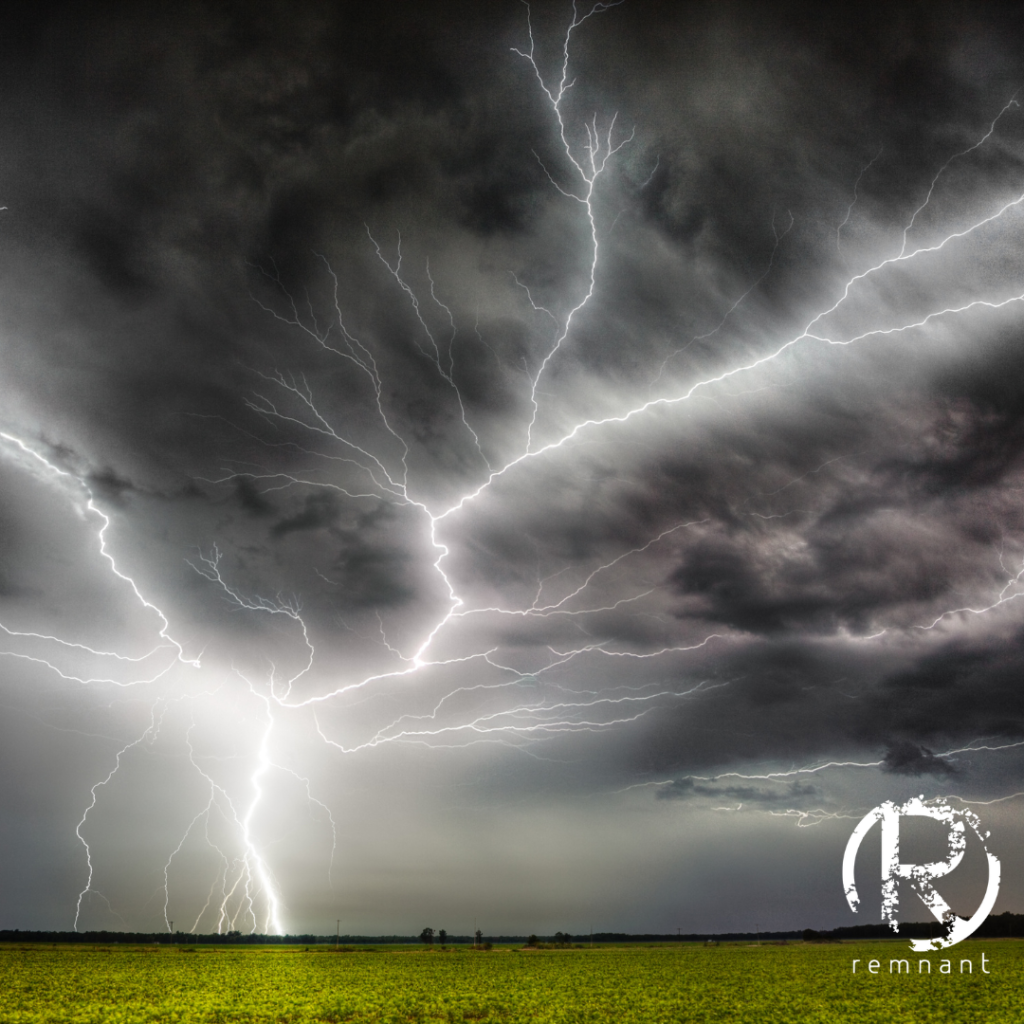Are Weather Weapons A Real Thing?

In recent times, the world has witnessed an unprecedented spike in extreme weather events. From devastating hurricanes to relentless droughts, these phenomena stir not only awe and fear but also speculation about their origins. Among the theories that persist within public discourse is the intriguing idea of weather manipulation—specifically, the existence of weather weapons and the practice of cloud seeding. This article delves into the historical roots, current applications, and potential implications of these technologies.
Weather Weapons: More Than Just Science Fiction
The concept of weather weapons might sound like a plot straight out of a science fiction novel, yet it has concrete historical foundations. During the Vietnam War, the U.S. military initiated Operation Popeye, a highly classified endeavor aimed at extending the monsoon season over specific areas of Vietnam. The objective was clear: to impede the movement of enemy troops and supplies. Through the dispersal of silver iodide into the clouds—a process known as cloud seeding—the U.S. successfully induced prolonged rainfall, effectively transforming weather into a tool of war.
Despite the cessation of such military practices following the Environmental Modification Convention (ENMOD) in 1978, which prohibited the use of environmental modification techniques for hostile purposes, the legacy of Operation Popeye has kept the idea of weather weapons alive. Today, while overt military use of weather modification technology is internationally banned, the advancements in and applications of similar technologies continue to raise questions about their potential misuse. It is believed that several countries including Russia and China utilize these types of systems or at least have the military capability. So does the United States.
Cloud Seeding: A Reality in Weather Management
Unlike the controversial notion of weather weapons, cloud seeding is an openly acknowledged and widely used form of weather modification. It involves the introduction of substances into the atmosphere that serve as cloud condensation or ice nuclei, promoting cloud formation and precipitation. Governments and private entities in regions plagued by water scarcity, such as the United Arab Emirates and parts of the United States, regularly deploy cloud seeding to enhance rainfall, alleviate drought, and manage water resources.
Cloud seeding is not without its detractors, who often question its efficacy and potential long-term impacts on the environment. However, it remains one of the few scientifically recognized methods for influencing weather patterns on a relatively small scale.
Speculations and Concerns: Weather Manipulation Today
The advancements in technology and the enduring impacts of climate change have intensified speculations about weather manipulation. Some theorists suggest that the extreme weather events observed globally could be influenced by undisclosed uses of weather modification technologies.
Moreover, the increasing sophistication of geoengineering projects, which aim to counteract climate change through large-scale interventions in Earth’s climate system, further complicates the discourse. These projects highlight the potential for significant manipulation of environmental processes.
While weather weapons as tools of warfare may belong to the past, the technology capable of influencing weather patterns does exist in the form of cloud seeding and potential geoengineering practices. The debate over these technologies is complex, fueled by ethical, environmental, and geopolitical concerns. Also by world view. As we face more extreme weather events, the line between natural and man-made phenomena may grow increasingly blurred, urging a thoughtful consideration of our capabilities and their consequences.






